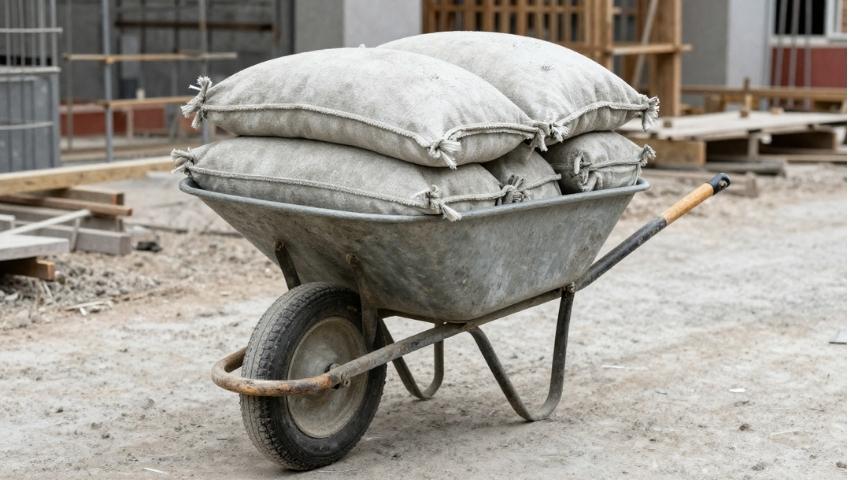Moving furniture solo might sound like a daunting task, but with the right techniques, tools, and preparation, it can be manageable (and safe)! Whether you’re rearranging your living room, relocating to a new home, or simply shifting old furniture to storage, this guide will help you move heavy pieces without injury or damage. Here’s what you need to know.
Why Learning to Move Furniture Solo is Useful

You might be wondering, “Why not just hire movers or ask a friend for help?” While those are certainly valid options, they may not always be possible. Movers can be expensive, and your friends might not be available when you need them. Learning to move furniture on your own ensures you’re prepared for those moments when you have no choice but to go solo.
Plus, moving furniture yourself can save you money, give you more control over the process, and give you a sense of accomplishment (who doesn’t like that?).
Prepare Before You Move

Preparation is key before you start the heavy lifting. Here’s how to prepare for a solo furniture-moving mission.
Plan Your Route
- Measure Doorways and Pathways:
Measure the dimensions of your furniture and the space through which you’ll need to move it. Ensure it will fit through doorways, hallways, or staircases.
- Clear Obstructions:
Remove any rugs, loose cords, or clutter along your route to avoid tripping or getting stuck midway.
- Identify Potential Challenges:
Tight corners or uneven flooring can create issues. Plan how you’ll tackle each obstacle ahead of time.
Gather the Right Tools
Investing in a few useful tools can make moving furniture much easier:
- Furniture Sliders:
Stick these under heavy items to slide them effortlessly across floors without scratching them.
- Moving Straps:
These straps, worn over your shoulders or arms, distribute weight evenly, reducing strain on your back.
- A Hand Truck or Dolly:
Perfect for heavy items like dressers, desks, or refrigerators.
- Protective Gear:
Wear gloves to protect your hands and to improve your grip. If necessary, use a back brace for spinal support.
Lighten the Load
- Empty the Furniture:
Remove items inside dressers, shelves, or wardrobes to reduce weight and prevent items from shifting or breaking during the move.
- Disassemble When Possible:
Remove parts like legs, shelves, or table tops to make furniture easier to carry. Don’t forget to keep hardware (like screws or bolts) in labeled bags for reassembly.
Safe Techniques for Moving Furniture By Yourself

Lift and carry heavy furniture with care using these tips:
Use Proper Lifting Techniques
- Lift with Your Legs:
Bend at your knees, not your back, and hold the furniture close to your body for better control.
- Keep Your Posture Straight:
Avoid twisting or leaning to one side, as this can strain your muscles.
- Lift Slowly:
Avoid jerking movements; take your time.
Slide, Don’t Lift
When possible, pushing or sliding furniture is safer than lifting.
- Use Furniture Sliders:
Place sliders under the furniture legs and gently push the piece in the desired direction.
- Use a Rug or Blanket:
For large items like couches, place them on a sturdy rug or blanket and pull (especially useful on wooden or tiled floors).
Use Moving Straps or a Dolly
- Straps:
Secure straps around your shoulders and under the furniture to redistribute weight. These work best for bulky yet lightweight pieces like mattresses.
- Hand Truck/Dolly:
Tilt the furniture onto the dolly, secure it with straps, and wheel it to your destination. This works well for appliances and large boxes.
Take Breaks
Don’t rush the process. Pause if you feel fatigued. Overexerting yourself could lead to injury or accidents.
Protecting Your Furniture and Space

Moving furniture alone doesn’t just affect your body; it can also impact walls, floors, and the furniture itself. Follow these precautions:
Use Protective Covers
Wrap your furniture in moving blankets or bubble wrap to prevent scratches, dents, or other damage during the move.
Avoid Floor Damage
- Use felt pads or furniture sliders to avoid scratching hard floors.
- For carpeted areas, use plywood or cardboard as a temporary ramp for sliding heavy pieces.
Guard Walls and Doorways
Attach corner protectors or foam padding to walls and doorframes to minimize the risk of dings and scrapes.
What to Do for Extremely Heavy Furniture

Some pieces, like a grand piano, are too heavy to move alone without extra help. If you need to move something oversized or awkward:
- Use a Furniture Hoist:
If stairs or tight spaces are involved, using straps or a hoist system can ease the lifting process.
- Place Rolling Casters:
Install removable rolling wheels under furniture legs for smoother movement.
Tips for Moving Furniture Upstairs or Downstairs

Navigating stairs when moving solo adds complexity to the process. Here’s how you can do it.
- Use a Dolly with Straps:
Strap the item to the dolly, and carefully lower it step by step (or raise it similarly when going upstairs).
- Move in Stages:
Move the furniture to a halfway point before proceeding further. It helps with pacing and managing energy.
- Use Ramps if Available:
For heavier items, ramps can reduce the strain of lifting.
Final Thoughts
Moving furniture by yourself is definitely an uphill task, but by preparing appropriately and using the right tools and techniques, you can get the job done safely and efficiently. Always remember to prioritize your safety above all else and don’t hesitate to call for professional help if you’re dealing with overwhelming or dangerous items.
Now that you’re armed with tips and tactics, it’s time to tackle that heavy lifting. Good luck with your move!











